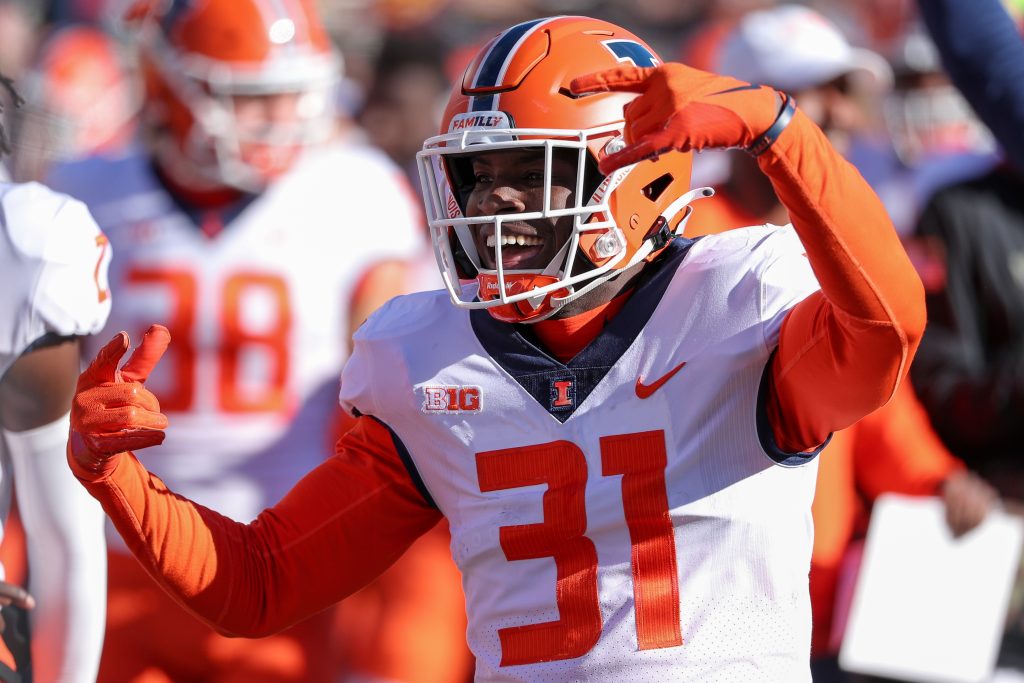
Recent news of a former Historically Black College and University (HBCU) football star being named a semifinalist for the prestigious Jim Thorpe Award has sparked a flurry of emotions and discussion. While it celebrates the remarkable achievements of the player, it also highlights the complexities and challenges faced by HBCU athletes in gaining recognition and opportunities.
The Jim Thorpe Award, named after the legendary Native American athlete, is one of the most coveted awards in college football, recognizing the nation’s top defensive back. Semifinalists are selected based on their athleticism, playmaking ability, and impact on their team’s success.
HBCUs have a rich football tradition, producing numerous professional players. However, they often face funding and recruiting challenges compared to predominantly white institutions. Additionally, their athletes may not receive the same level of media exposure or scouting attention.
The player in question, a defensive back for an HBCU, has consistently impressed with his exceptional play. Despite his talent, he received limited offers from Power Five programs. Through hard work and determination, he made a name for himself at his HBCU, leading his team to an undefeated season.
Supporters: They argue that this recognition is a testament to the talent and resilience of HBCU athletes. The player’s success proves that HBCUs can develop elite players who deserve equal opportunities.
Critics: While acknowledging the player’s accomplishments, some critics suggest that the selection process may be biased against HBCU players. They point to the low representation of HBCU players among the Jim Thorpe Award finalists and winners historically.
Media Coverage: Some argue that media coverage of HBCU football is inadequate, leading to limited public awareness of the talent found in these institutions. This lack of exposure can affect recruiting, exposure, and fan support.
A study by the NCAA Division I Football Committee found that in the 2020-21 season, only 3.3% of all Division I football players came from HBCUs. This disparity is reflected in the representation of HBCU players among Jim Thorpe Award finalists and winners.
| Institution Type | Finalists (2010-2022) |
|---|---|
| Power Five | 58 |
| Group of Five | 12 |
| HBCUs | 2 |
In 2022, Devon Witherspoon, a defensive back for the University of Illinois, became the first HBCU player to win the Jim Thorpe Award since 1995. This historic achievement highlights the potential for HBCU athletes but also the challenges they face in gaining recognition.
The recognition of a former HBCU football star as a Jim Thorpe Award semifinalist is a significant moment that sparks important discussions about the complexities and challenges faced by HBCU athletes. While it celebrates the individual achievements of the player, it also highlights the need for greater recognition, media exposure, and opportunities for all athletes, regardless of their school affiliation.
The broader implications of this news are that it can drive efforts to increase support for HBCU athletic programs and provide a platform for talented athletes to showcase their abilities. By addressing the disparities and biases in the recognition of HBCU players, we can ensure a more level playing field for all.
